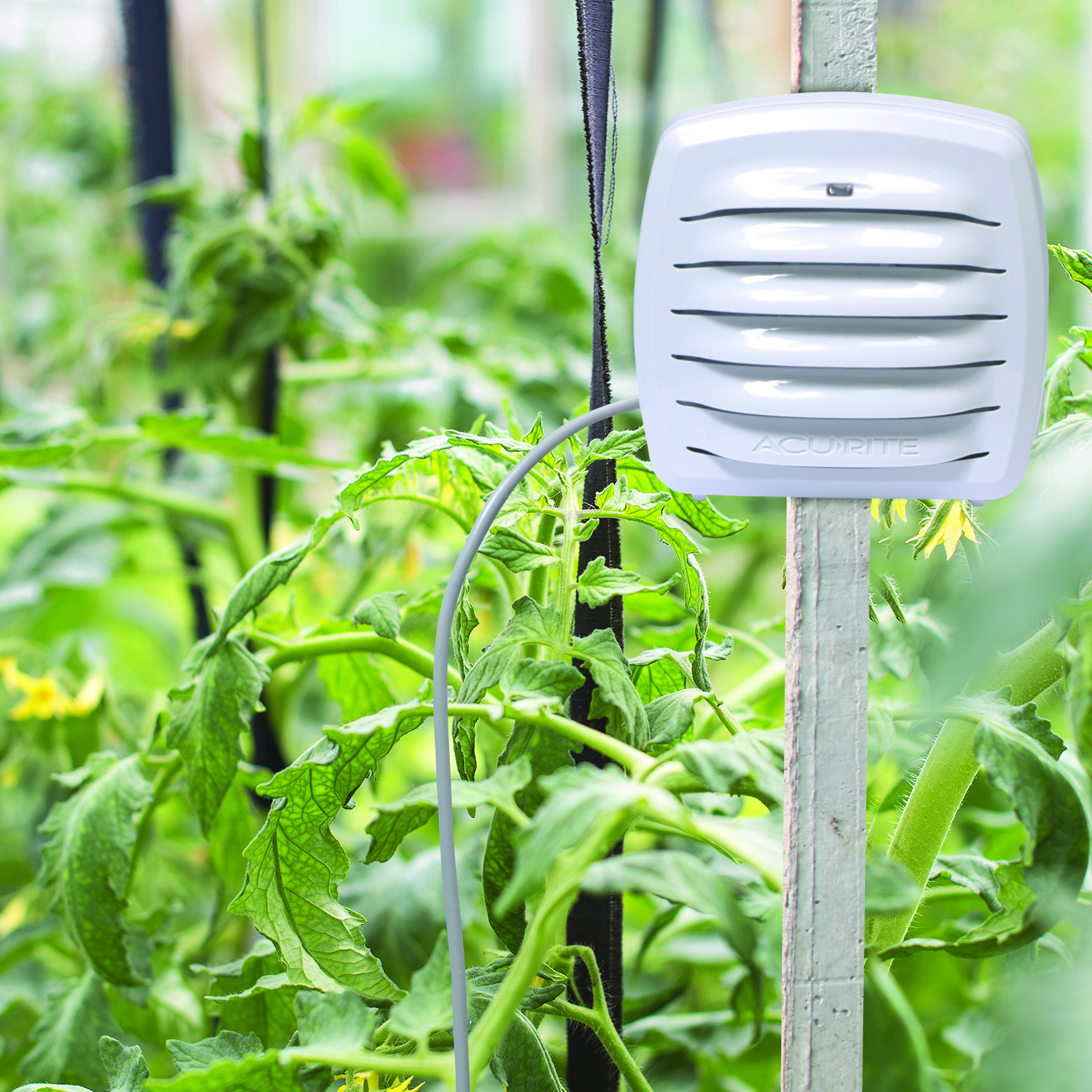Monitor Conditions for Healthy Plants, Gardens & Compost
Whether we grow them for food, to beautify our surroundings, or as a natural air purifier in our homes, we want our plants to grow big and have a healthy garden. The key to achieving successful gardens, flower beds, container plants, house plants, or potted plants is not as simple as just add water. There are a lot of parameters to pay attention to and a wide array of conditions to control. In addition, many gardeners also maintain a home composting bin or compost pile. It’s a great way to reduce waste, while creating natural, beneficial soil for their plants.
Regardless of your individual plant-growing pursuits, your best bet is to educate yourself on the specific needs of your plants and take advantage of today's sophisticated tools that let you accurately monitor and maintain proper conditions.
Maintain Proper Conditions for Composting Bins or Piles
Problem
A successful compost bin or pile will have appropriately high temperatures to allow aerobic bacteria and other beneficial organisms to break down organic matter while killing off pathogenic organisms, parasites, flies, and cysts. If temperatures get too high, however, the beneficial aerobic organisms can die, paving the way for anaerobic bacteria and yeast to start converting the compost into alcohol. Worse yet, if the pile reaches very high temperatures (around 180°F; 82°C) the pile can catch fire.
Solution
Use a quality soil thermometer to monitor and maintain the proper temperature range in your composting bin or pile. Many recommend between 140° and 160°F (60° to 71°C). Do your research before starting a compost pile, but methods to regulate temperature include adding materials that are high in nitrogen (such as fresh manure or grass clippings) and aerating the pile (commonly known as turning) to allow fresh oxygen to circulate.

AcuRite Solutions & Tips
- Monitor Compost Temperature: Use an AcuRite Outdoor Monitor with Soil Temperature Sensor to track compost conditions. Insert the wired soil temperature sensor several inches into the pile. Then set the Monitor nearby to measure the ambient outdoor air conditions.
- Use a Home Environment Display for convenient viewing of conditions measured by Monitors and Sensors in multiple areas inside and outside of the home.
- Set alarmsto alert you of dangerous or unsatisfactory conditions. These can include:
- Dangerously high temperatures
- Undesirably low temperatures
- Set alarmsto alert you of dangerous or unsatisfactory conditions. These can include:
Further Reading
There are many great resources to help you learn how to compost and gain information on maintaining proper plant conditions, garden soil, and growing healthy gardens. The best strategy is to research the specific plants you plan to grow. Here are a few helpful articles to get started:
- The USDA Plant Hardiness Zone can help you determine which plant species' can thrive in your climate
- Gardening Know How offers a lot of information on garden soil temperature and when to plant
- CropKing Incorporated provides basic information on how relative humidity affects plants
- Washington State University published some basic guidelines on composting as it relates to temperature






